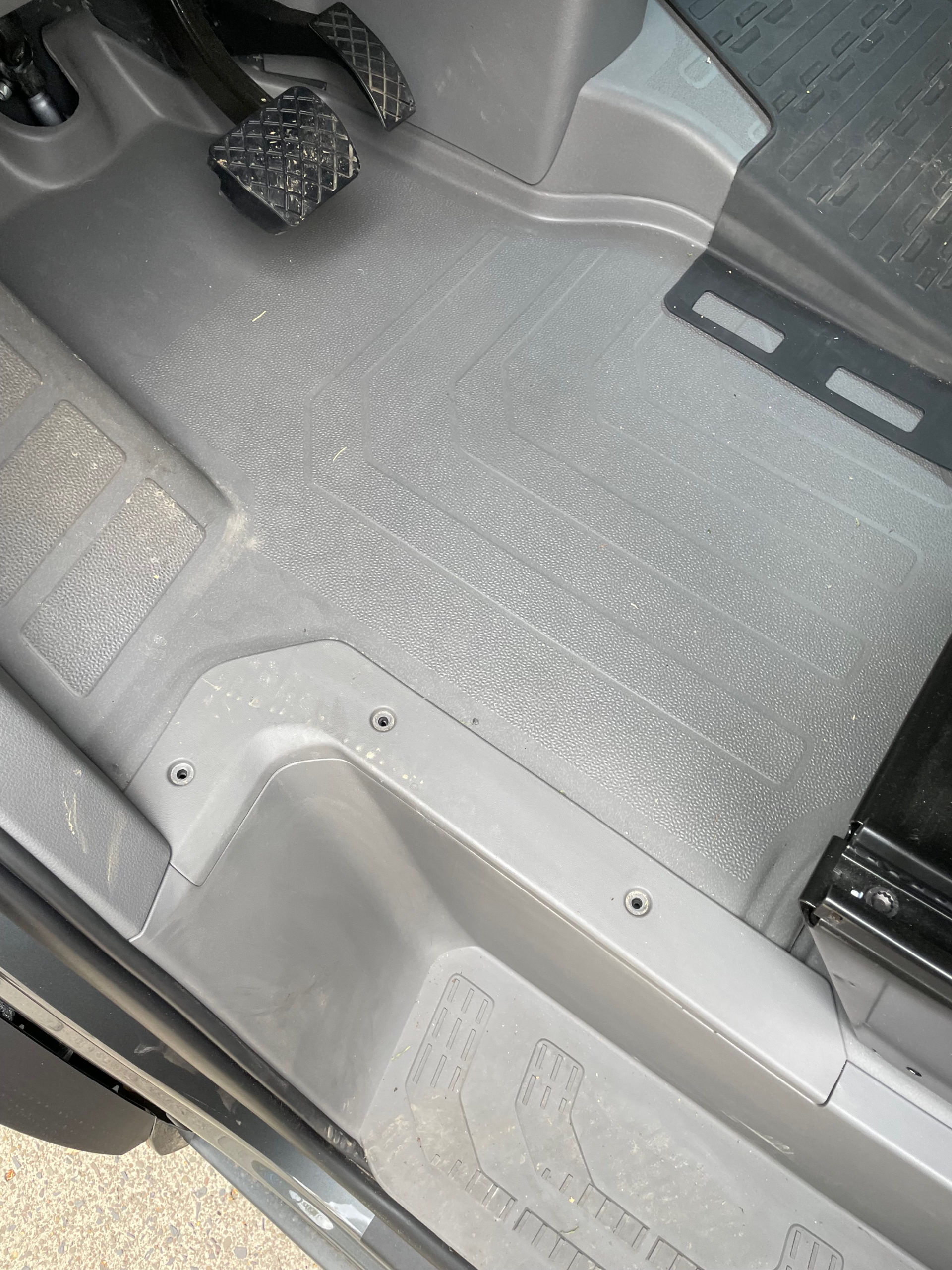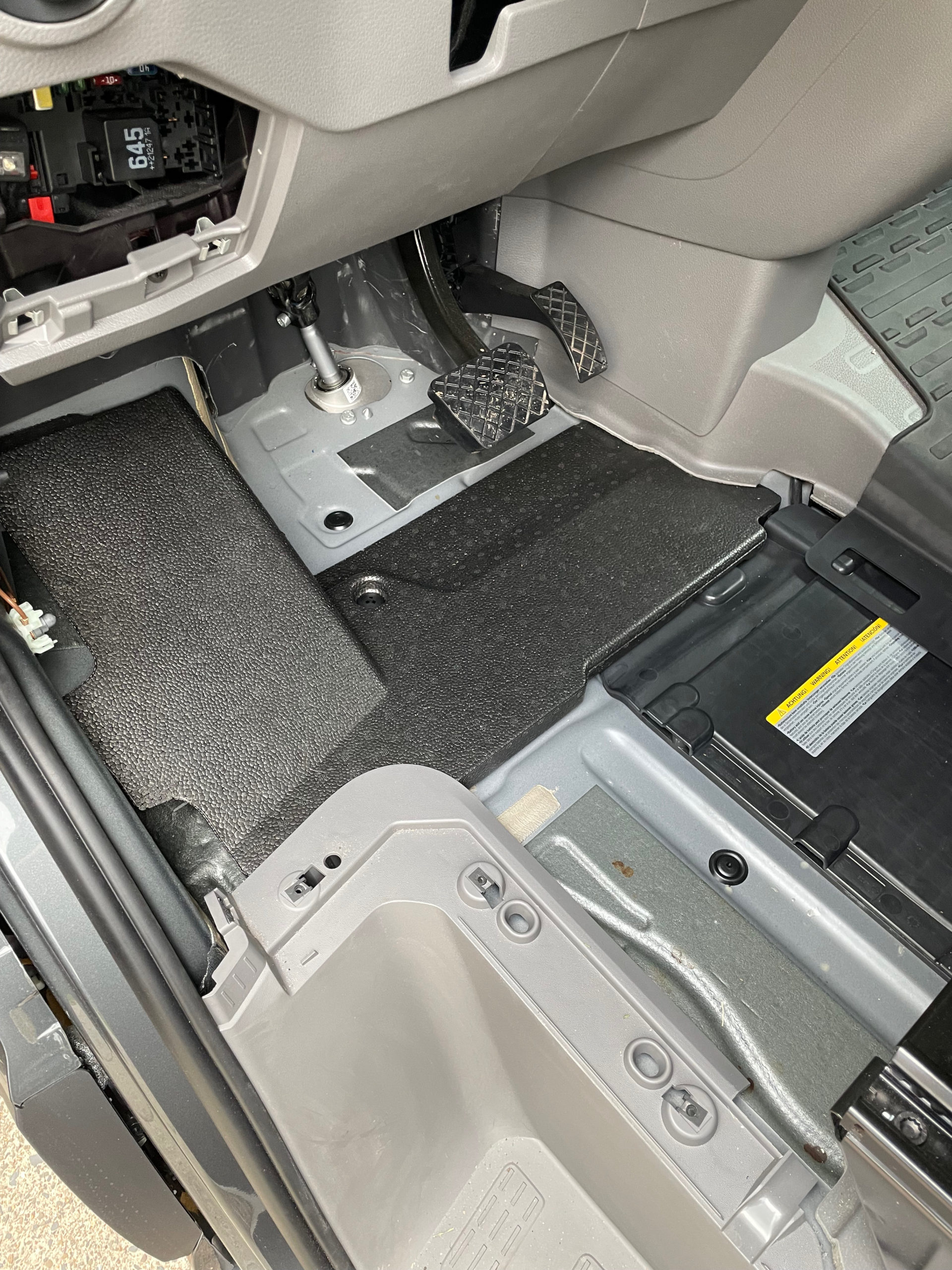For many of you, the season is over and the Grand California will remain unused until spring, but just parking it like that is not a good idea. In the following you will find a small checklist, which points you should think about, so that there are no unpleasant surprises in spring.
Batteries
The Grand California has two batteries and they definitely need your attention over the winter months. To maintain the battery voltage, the best solution is to keep the vehicle connected to shore power, thus maintaining the charge of both the body battery and the starter battery.
But not everyone has the opportunity to permanently connect the vehicle to electricity. If this is the case with you, you should definitely disconnect the batteries from the vehicle’s circuit. This way you make sure that the batteries only have to deal with self-discharge. The body battery can be easily disconnected from the vehicle via the red battery master switch in the technical cabinet. If you also ordered the battery disconnect switch for the starter battery when ordering the vehicle, this should also be used. It is a bit more complicated if you do not have this switch. Then you should remove the starter battery or disconnect the terminals.

The starter battery is located under the floor mat on the driver’s side. The removal is not complicated and usually takes only a few minutes. To do this, proceed as follows.
- Remove doormat

- Remove cover for floor. To do this, remove the three screws from the gray plastic strip.

- Lift out the floor, there is nothing screwed here.

- Remove battery cover

Now either the battery can be removed completely or only the poles can be disconnected.
Tires
In the next point, we will devote ourselves to our four black friends, who are instrumental in getting us from A to B. If a vehicle stands in one place for a long time and no action is taken, the tires will thank you. In the worst case, you have a so-called flat tire after the winter and new tires are due.
The king solution are so-called tire shoes, here the vehicle is driven on 4 “plastic plates”. These ensure that the vehicle weight is distributed evenly over the tires and not just over the narrow contact surface.

There are some people who say it would be enough to put styrofoam under the tires and choose a higher air pressure. We tried this once with one of our old-timers and were bitterly disappointed. We ourselves have the above tire shoes in use.
Dehumidifier
Perhaps not a must, since the Grand California has forced ventilation, but still advisable, are dehumidifiers. Doors are not opened frequently or at all during the winter months, so moisture can collect in the vehicle.
Even we use dehumidifier pads in our classic cars, these are filled with a granulate and remove the moisture from the air.

Alternatively, you can also put cat litter in a cup or similar in the car. However, we find the handling here a bit difficult. You can heat the cushions in the microwave and then use them again. In the end it is a matter of taste.
Water system
Perhaps the most important point, the water system! It is imperative that you completely drain the tank and especially the lines. Even if the temperatures are not yet a cause for concern, this changes abruptly as soon as there is frost. If you have not drained the system correctly, expensive frost damage can result.
Please note that this point is once again hotly debated, we do it this way when the car is not used for a long time in the winter.
To be on the safe side and not risk frost damage, we recommend using a ->click here drinking water antifreeze<-. After you have drained the tank, add the antifreeze and run the faucets until the agent is distributed throughout the system and runs out of the faucets (don’t forget to flush the toilet). Good to see, because the agent is colored blue. Once you have filled the system with it, you can open the lines normally. The remaining liquid can no longer freeze and the lines are additionally disinfected. Thus, you do not have to worry about possible frost damage.
Of course, the pipe system must be completely cleaned in the spring, but this would be the case even without antifreeze.
If you have any questions, feel free to send us an email or just leave a comment.
See you in the new season 😊



